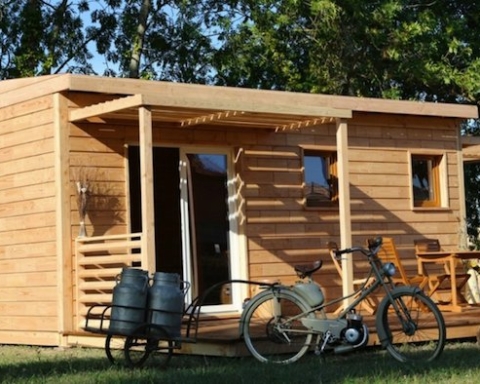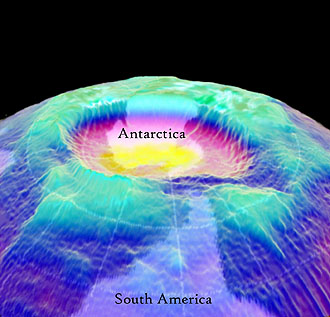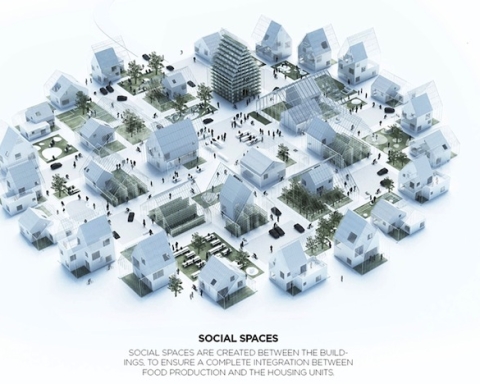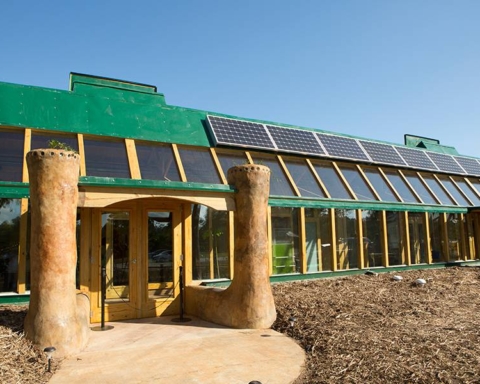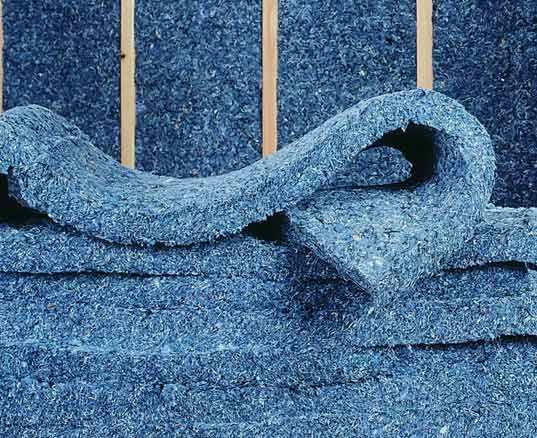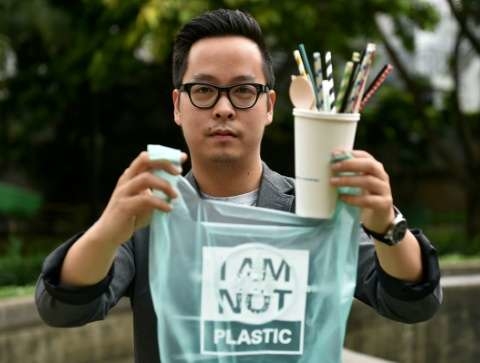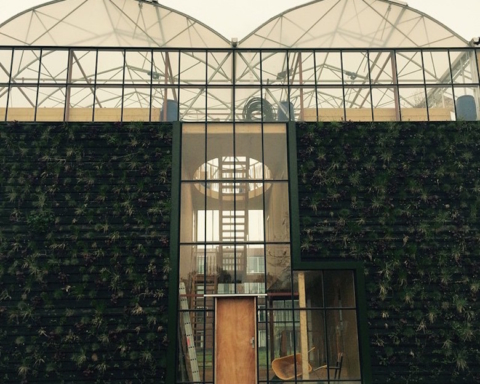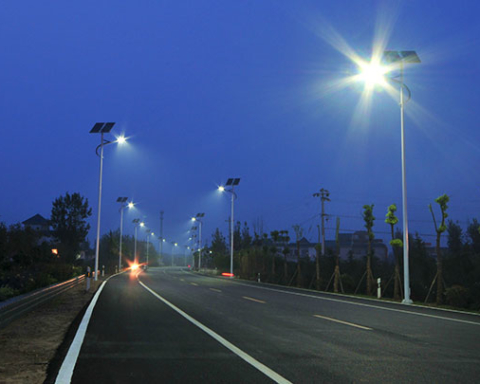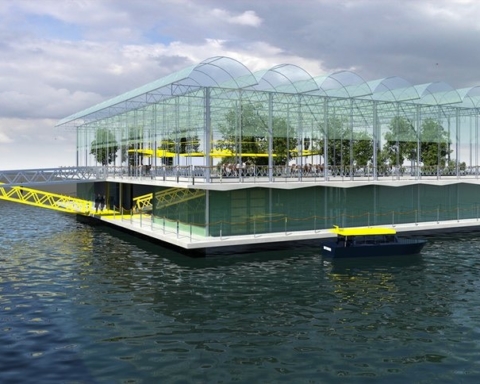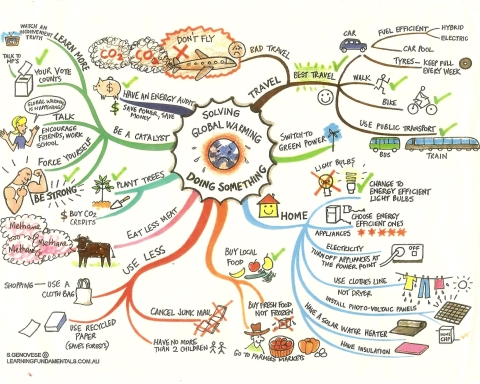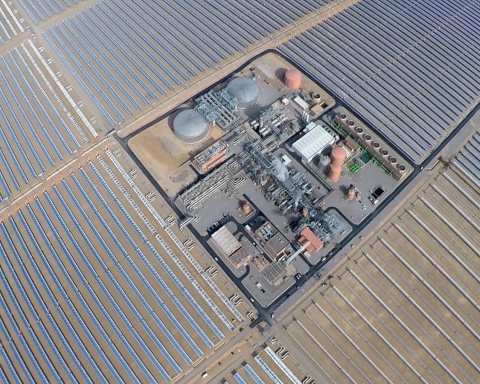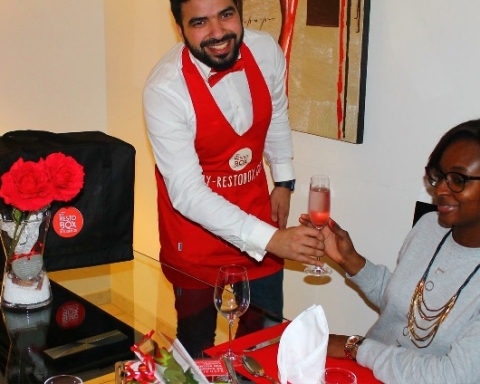Imagine an eco-conscious world where we don’t need thousands of liters of water to wash out a blue jean, astronomical amounts of toxic dyes to print this famous blue or tons of sand thrown by high-pressure to make it older, a very dangerous process for workers. Well for nearly three years now, this has been possible!
Spanish factory Tavex installed in Settat, south of Casablanca in Morocco, has 550 employees with 40 million Euros turnover per year from the biggest brands of textile: Diesel, Replay, Hugo Boss, Tommy Hilfiger, etc.
For comparison, to print indigo on the fiber of a classic jean, you would need 12,000 liters of water per pant. Here, no need of so much waste, blue attaches directly on cotton and for the washing out, it uses nothing less than a laser treatment.
Tavex produces 12 million jeans per year, 10 million of which are sold in Europe (Italy, France, Spain) and 2 million in Tunisia and Morocco.
The cotton used is from Better Cotton Initiative (BCI), which is to say from fair trade.
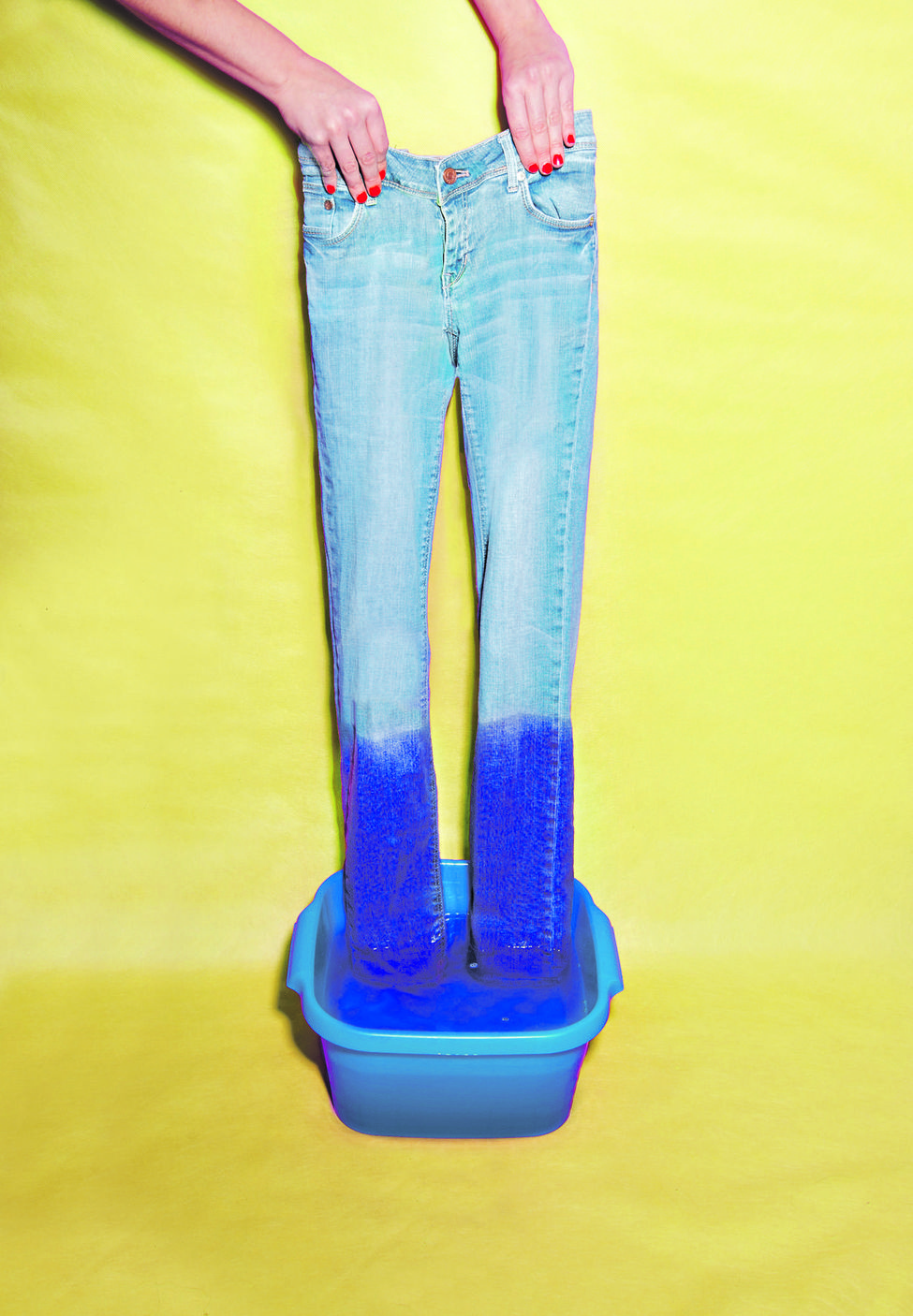 Before if you were wearing green denim, friends would have immediately spotted its too wide cut and its colour slightly faded. But today, the way green or blue jeans are cut, you cannot tell the difference.
Before if you were wearing green denim, friends would have immediately spotted its too wide cut and its colour slightly faded. But today, the way green or blue jeans are cut, you cannot tell the difference.
Moreover, brands are diversifying their supply. They buy both polluting and eco-friendly jeans. For them, the latter do not cost much more than the first: an eco-friendly jeans is just 15-25 cents more.
They are prepared wholly of organic cotton and the cleaning is also eco-friendly
In the same vein, Brazilian manufacturer Tristar, lately revealed their new line of environmentally conscious jeans. They are prepared wholly of organic cotton and the cleaning is also eco-friendly. Instead of using an uneconomical washing-machine, all you have to do is throw them in the freezer. According to the owner, Jandira Barone, it will kill the bacteria in 24 hours. When the Jornal A Tribuna asked how the stains will be removed Barone added: “this look is in fashion. Don’t consumers buy pants frayed, ripped, and stained?”
For the time being, green jeans represent only 5% of world production but paradoxically brands do not emphasize on its organic side; no labels, no special green label. To change this, it would suffice that as consumers we take the reflex to ask the green when buying a blue one.
